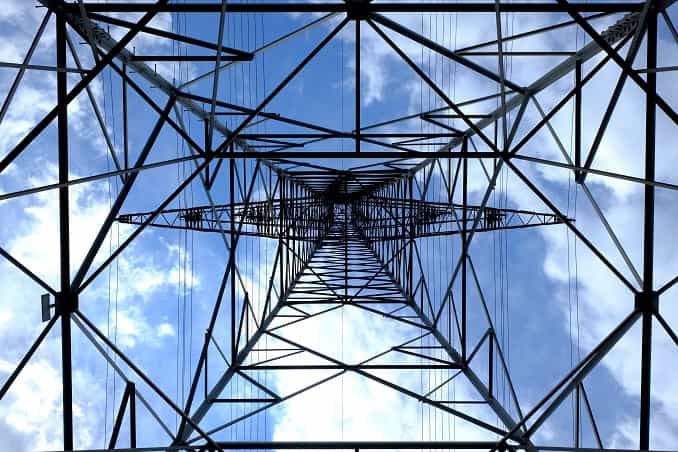
The last few years have been hard on some segments of the Architecture, Engineering, and Construction (AEC) industry. Shut-downs, work-from-home and minimal travel have hobbled construction projects. Other market segments, like residential and utilities, have better weathered the economic effects of the pandemic.
Whether hard-hit or relatively stable, each AEC market segment has a major new opportunity for funding from the newly passed H.R. 3684. The Infrastructure Investment & Jobs Act (IIJA) earmarks an unprecedented $1.2 trillion over the next five years to rebuild and refresh American infrastructure. Using composite building materials like FRP not only unlocks some specific IIJA grant money but also is sustainable due to its long life and low maintenance.
Congressional bills are very long and no fun to read, so we've summarized this one. These are some sections of the IIJA that discuss grant funding of particular interest to the AEC industry.
Section 40101 “Preventing Outages and Enhancing the Resilience of the Electrical Grid”
This section defines “disruptive events” that disrupt the electrical grid or force it to be shut down as a preventative measure and defines how the $5 billion in grant money will be made available between 2022 and 2026 to eligible entities capable of making the power grid more resilient.
Grant recipients can use the funds for “activities, technologies, equipment and hardening measures to reduce the likelihood and consequences of disruptive events, including: utility pole management and hardening of power lines, facilities, substations, of other systems.” Composite materials are exceptional choices for this storm hardening, as they are of lighter weight and resist corrosion and because they are resilient in high winds, especially compared to wood, steel and concrete.
Section 40102 “Hazard Mitigation Using Disaster Assistance”
This section adds wildfires to the list of disasters that qualify for FEMA assistance and which ought to be prevented where possible. Although the number of wildfires has been lower in the past decade, the number of acres burned has steeply increased over many years.
Traditional wood utility poles provide fuel to these fires. FRP utility poles with CCG’s FRP Fire Sleeve promote cooling during fires, protecting the pole from extreme temperatures instead of contributing to a wildfire.
Getting Funded
It’s still too soon to say precisely how companies can submit proposals to receive grant money. What we do know is that the bill allocates specific amounts to cover different project types (Section 40103 discusses highways, cybersecurity, etc.). These funds will then be distributed by Congress to states on a needs-basis, and the states will then further distribute the grant money while remaining accountable to Congress.
We also know that IIJA funds will take time to distribute: The IIJA is not a stimulus bill, allocating responsive funding to address an emergency; instead, “it represents a generational shift in how (and what types of) projects get done.” It therefore may take years before this funding meets your company’s bottom line. As the ASCE has noted, money from this bill will move at the speed of government, not at the speed of private business.
AEC companies can gain a competitive edge by working with the best, most resilient materials that meet federal standards for the future of American infrastructure. Contact us to discuss how FRP or other CCG composites can add to your current offerings.
